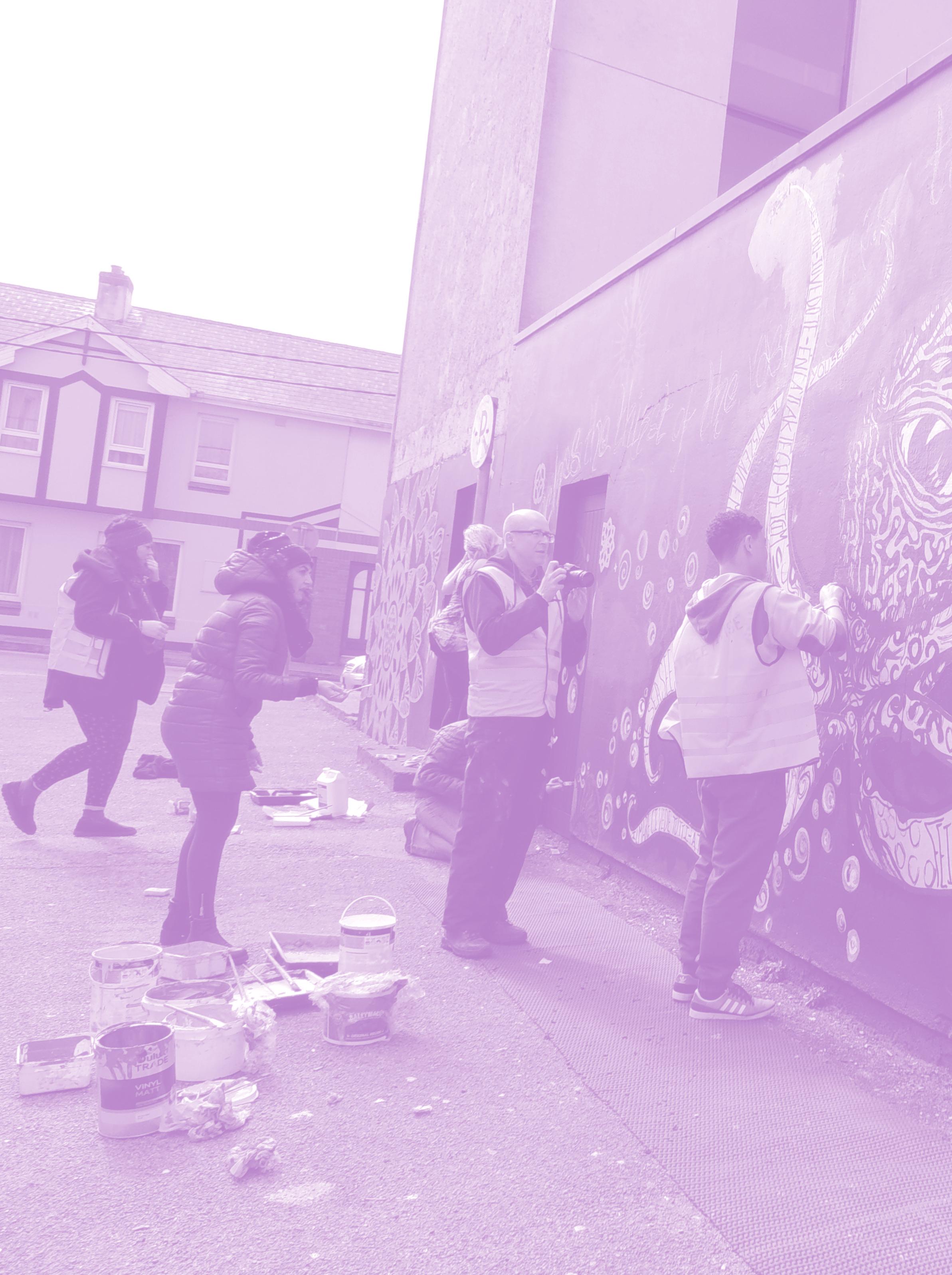
1 minute read
Inclusive Practice
The Pillars of Safeguarding
PILLAR 01
Advertisement
Inclusive Practice
When young people take part in international projects, they are exposed to opportunities to learn about themselves and others around them. Many young people can excel in such projects, while some may find it more challenging. It is critically important that whoever is supporting the young person to participate in a project takes time to allow them to identify any aspects that they may be uncomfortable with. Sometimes this may be very obvious to the supporting person, due to the nature of the project or having previously worked with the young person, but good safeguarding practice ensures a more positive result. This is why it is vital to agree ways to manage difficulties that may arise throughout the project. Young people with fewer opportunities can experience barriers to participating, as well as vulnerabilities that need to be catered for from a safeguarding perspective. These can include some or a combination of the following:
Learning difficulties
Intellectual disabilities
Physical and sensory disabilities
Aspects of sexuality & gender
Cultural ways of life and traditions
Economic difficulties
Behavioural Challenges — mental health & well-being
The key message is to ensure that project leaders consider the level of vulnerability of the young people involved throughout the entire project, and are prepared to adjust the project activities if required.



